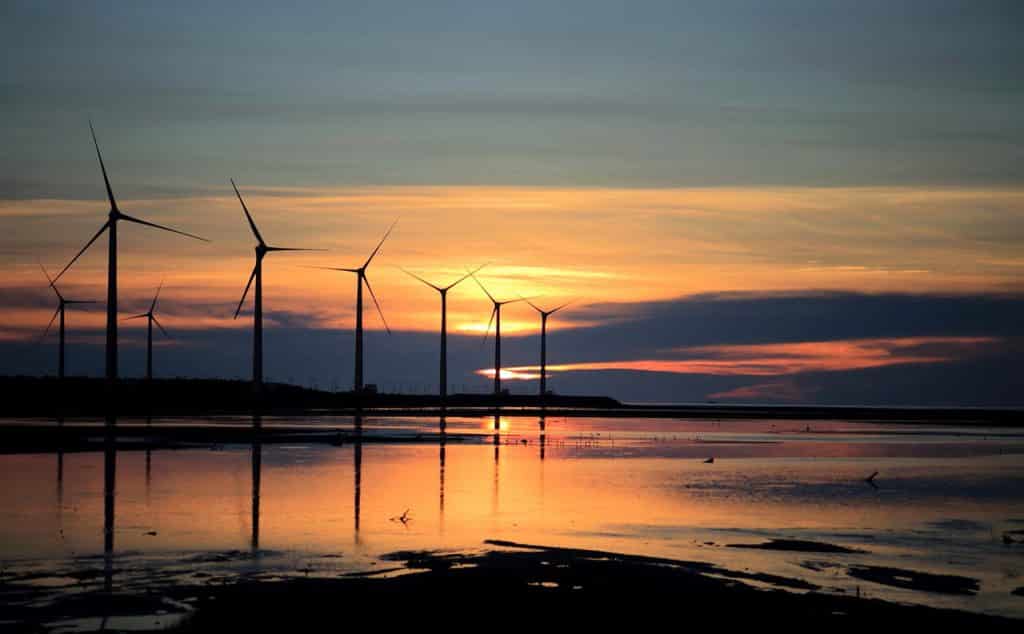
As hazardous occupations go, accessing, climbing and inspecting wind turbines out at sea is one of the riskiest jobs going, but the use of drones is now helping to avoid potential accidents, plus saving time and money.
Coverdrone has watched many industries evolve in recent years, with the use of unmanned aerial vehicles (UAVs) at the forefront of improvements to working conditions and the quality of work being produced.
Drones Offer Convenience and Safety
Stretching upwards of 100m into the air, and completely exposed to the elements, getting close enough to turbine mechanisms and blades is a tricky business. Much of the inspection work completed in recent years has been done from boats, sometimes using platforms and safety ropes.
Unfortunately, even with good quality camera equipment, recording essential wear-and-tear data from distance can leave project managers short of the information required to make informed decisions about component repairs and replacements.
At sea, where conditions can change in minutes, being able to complete vital assessments of wind turbine structures could ensure that essential maintenance work is scheduled before damage to property or personnel occurs.
Drones flown by commercial operators offer a quick, safe and efficient way to access even the most remote turbines. The arrival of higher specification machines that have increased range, outstanding handling and resilient data transfer and storage options means that greater numbers of turbines can be inspected in much shorter periods of time.
A Growing Industry
There are now over 8,000 on-shore and off-shore turbines operating around the United Kingdom. Globally, there are believed to be around 300,000 turbines in use. The amount of energy they contribute continues to grow as blades and storage techniques improve. To meet energy targets, keeping turbines running efficiently is more important than ever.
UAVs servicing this growing energy sector means that the drone industry has also seen increased growth. Newer multi-rotor drone units offer greater stability and are capable of capturing detailed images and film in the most challenging weather conditions.
Advances in software tools to enable the drone cameras to recognise cracks and damage to turbine blades also saves time, sometimes catching details that operators might miss. Skipping from turbine to turbine, a whole wind turbine “farm” can be assessed in just a few hours, rather than days.
Safety Net for Drones
No matter how experienced an operator, the extreme conditions experienced out at sea will inevitably mean that drones crash or develop malfunctions because of wind, rain and even ice. Coverdrone policies offer turbine inspectors peace of mind, as we replace equipment quickly. That’s good news for the operator and great news for the power hungry population that increasingly relies on turbines to keep the lights on.
